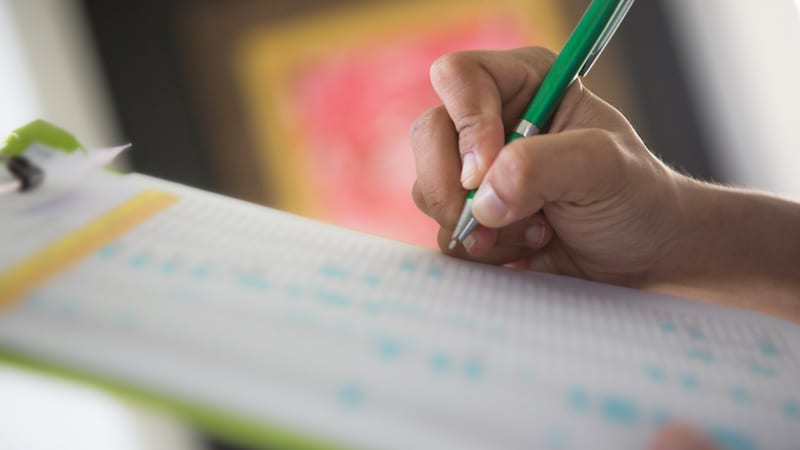
When you use them meaningfully, running records can really help you move the needle.

Chances are, if you teach the primary grades, you have to do running records. But what are running records, and how do they help you teach reading? Never fear, WeAreTeachers is here to explain it all.
Running records fall under the reading assessments portion of your readers’ workshop. They’re part read aloud assessment (think: fluency assessment) and part observation. The goal of a running record is, first, to see how the student is using the strategies you’re teaching in class, and second, to find out if the student is ready to advance in a reading-level system if your school uses one (Reading A to Z, Fountas and Pinnell, and others). Thinking about instruction, when you combine a running record with some analysis, you can address student mistakes and plan their next steps.
Running records are used to collect information on young readers who are still reading aloud and working on basic skills (think: those who are at reading levels aa–J). A running record captures both how well a student reads (the number of words they read correctly) and their reading behaviors (what they say and do as they read). At the start of the year, or when you start working with a student, a running record can help match the student with books that are right for them. Then, you can use subsequent running records to track the student’s progress.
Once you do the first running record, the time in between running records will depend on how well the child is progressing and what level they are reading. An emergent reader (using Reading A to Z levels aa–C, for example) will be assessed every two to four weeks, while a fluent reader (level Q–Z) should be assessed every eight to 10 weeks. Essentially, students who are learning the fundamentals are assessed more often than students who are working on fluency and higher-order comprehension.
Here’s a sample running records assessment schedule from Learning A–Z.

Proficient readers use what is happening in the text (meaning), knowledge of language and grammar (structural), and visual cues (words and word parts) to read. Beginning readers are learning how to do this, so running records provide a way to observe how they are approaching text.
For any text that a child reads, running records help you answer these questions:
Every running record follows the same procedure:
Yay! You have all the data! Now it’s time to analyze it.
ADVERTISEMENTCalculate the accuracy: (number of words in the passage – number of uncorrected mistakes) x 100 / number of words in the passage. For example: (218 words – 9 errors) x 100 / 218 = 96%.
Use the student’s accuracy rate to put them in a reading level. As a general rule of thumb, if a child can read 95–100 percent of the words in a text correctly, they can read independently. When they are reading 90–94 percent of words correctly, they are reading at instructional level and will need teacher support. If a child is reading less than 89 percent of the words correctly, it’s likely they’re not reading enough words to understand the text fully.
If students are reading at an independent level (95 percent accuracy and higher) and have strong comprehension (they have a strong retelling or answer 100 percent of the comprehension questions correctly), then they are ready to advance to another reading level.
Use this running records tip sheet for more information on how to use running record data to plan instruction.
Ask questions and share your advice for running records in our WeAreTeachers HELPLINE group on Facebook.